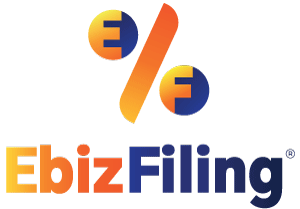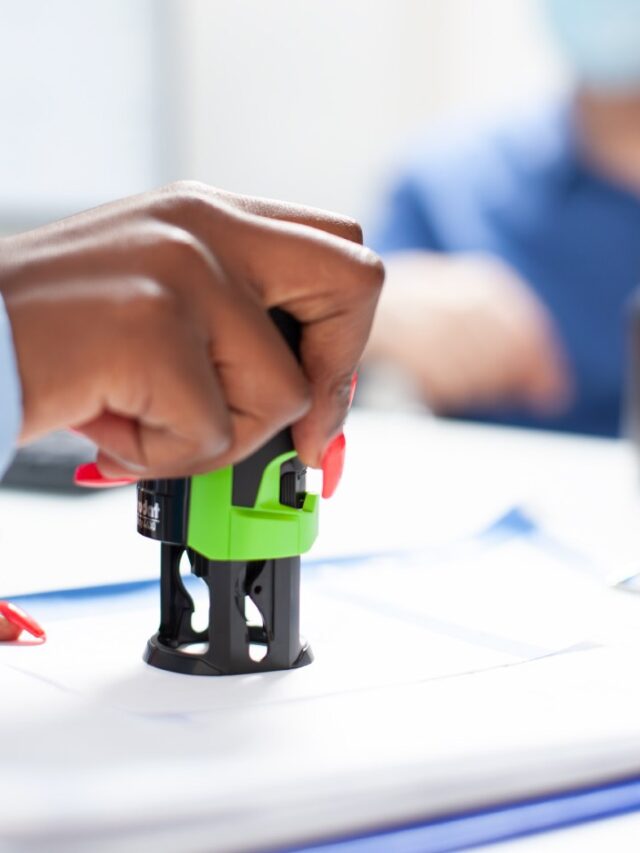-
March 8, 2025
The elements of graphic design: How to communicate effectively using visual ways of communication
Introduction
Graphic designers are quite popular these days and every organization have at least one graphic designer for designing their social media posts, infographic images etc. As designers help the organization to produce original content which is a hundred per cent unique so hiring them proves to be beneficial for the company. Graphic designing is a creative profession where you need to use your imagination and create something attractive and unique. Being a graphic designer is a hectic task as it challenges your creativity every day as you work on designing something new.
What are the prospects of Graphic Designing?
There are various prospects of graphic designing which we need to take care of while designing. In this article, we will discuss the elements of graphic design which a designer should always know about. There are seven elements of graphic designing which are as follows:
1. Line
A line might be just a series of dots for us but in graphic design, a line can play too many roles. While designing lines can be used to express emotions, indicate movements, create shapes etc. Depending on the length, movement, weight and various factors, lines play different roles for a designer.
Lines can be of various types like
-
Straight
-
Zig-Zag
-
Wavey
-
Distorted
-
Vertical
-
Horizontal
-
Diagonal
2. Shape
In normal context and with respect to graphic design, shapes are areas of figures which are enclosed in a boundary. These can be used for various designs in graphic design and these can help us to create attractive designs.
There are two types of shapes in Graphic design
1. Geometric shapes
These can either be two-dimensional shapes or three-dimensional shapes. These are those shapes which are created by connecting several dots using straight or curvy lines. These shapes include triangles, cubes, cuboids, spheres etc.
2. Organic shapes
These are asymmetrical shapes which do not have a well-defined shape and are used in accordance with the design structure. Blobs and squiggles are some examples of these shapes.
3. Colour
It is an important element of Graphic Design as it is used to depict the overall mood of the design. Colours are the main components of a design and they describe what the design is depicting. Graphic designers use colour combinations which are decided using the colour theory and the colour wheel.
There are three types of colours in Graphic Designing:
1. Primary colours
Primary colours include (Red, yellow and blue) these are considered the primary colours because no colour mixture can be used to make these colours. But when these colours are mixed every colour can be made.
-
Secondary colours
Secondary colours include (violet, green and orange) these colours are considered secondary colours because these colours are intermediate mixtures of the primary colours. All of these colours can be made using a combination of primary colours.
-
Tertiary colours
Tertiary colours include (Red-orange, yellow-orange, yellow-green, blue-green, blue-violet, and red-violet) these are colour mixtures which are made using a primary colour and a secondary colour.
When more than two colours are chosen to make a mixture from the colour wheel then colour harmony is developed. There are various colour harmonies as listed below
-
Complimentary colours
-
Analogous colour schemes
-
Triad colour schemes
-
Split complementary colour schemes
-
Tetradic colour schemes
-
Square colour schemes
4. Texture
The texture is that part of graphic designing in which the graphic designer has to think of the design as a realistic one and decide what texture he should choose for the design.
While choosing a texture, the designer has to take care of the fact that it should be chosen by thinking about the real-life feel of that design.
5.Type
Type in graphic designing refers to the type of letters you are using, what is the shape of the letters and what is the size of the letters, factors like these are considered while deciding the shape.
6. Space
Space in graphic design defines the spacing between various characters of the design. While deciding on space graphic designers should be cautious as wrong spacing can ruin the whole design and the hard work will be wasted.
7. Image
The image section in graphic design includes the images or illustrations that are used by the designer. Almost every designer uses images to attract the attention of the audience. Images always attract the attention of the audience and a good image combined with a good colour combination is very attractive.
Tips and techniques for effective visual communication
In the 21st century, with changing trends and new policies coming up for executing procedures, visual communication is now the communicating mode for various organizations and this is being used at a professional level.
There are various types of visual communication protocols which are used nowadays for fulfilling various purposes
-
Video communications
2. Power-point presentations
-
Data visualizations
-
Images
-
Infographics
-
Screen recording
-
Whiteboard animation
-
Animation
If you use visual communication systems and want to improve your communication skills, just have a read and you will get to know some good tricks you can use.
1. Clear images
If you are using images to display while communicating, choose some clear images which can be understood easily. Images should not be blurred and should be such that the receiver can understand what message it is carrying with it.
2. Audio devices
Take care of the fact that the audio devices you are using are of good quality. If your audio device suffers a failure while communicating with someone that would be a problem, so take care that the audio devices are of good quality and are working properly.
3. Infographics
Using infographics is a beneficial technique which can attract people and make communication more effective. When people get attracted towards something their attention is completely focused on it and that’s our ultimate goal to make our communication effective.
4. Data interpretation
The data you use while communicating should be very easy to interpret and understand. If the data you use is easy to understand and can be interpreted easily, then the communication will be very effective as your message will be carried to the receiver very easily.
The above-stated tips can be used to make visual communication effective and implementing these will be very fruitful as these will make the communication meaningful and messages will be carried out with ease and could be understood easily.
About Ebizfiling -










March 8, 2025 By Team Ebizfiling
The elements of graphic design: Tips and techniques for effective visual communication Introduction Graphic designing is a creative profession where you need to use your imagination and create something attractive and unique. Being a graphic designer is a hectic task […]
March 7, 2025 By Pallavi Dadhich
All about the new taxation rules for gaming effective from 1st April 2023 Introduction The gaming industry has witnessed remarkable growth in recent years. New taxation rules for gaming effective from 1st April 2023 will come into effect. These new […]
March 8, 2025 By Zarana Mehta
“What is Graphic Design?”, Importance of Graphic Design in Digital Marketing, and Trends in Graphic Design in Digital Marketing Introduction Every marketer’s or business owner’s toolbox now must include digital marketing. And as users’ attention spans are getting shorter by […]